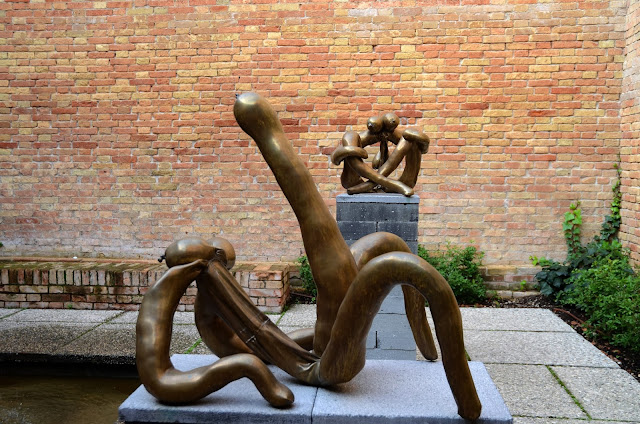It is known that Rome is a city full of delicious food, but of caurse to understand it you have to taste it.
There are really good places to eat, for the ones who do not eat only to live, but eat passionately! I discovered or went to places that people recommended me. I tasted a lot of really good food. Finally I made a list of some of the the restaurants in Rome, that deserve to be listed.
I want to share with you the restraurant that offer you one of the most delicious food with appropriate price.
SETTEMBRINI
Via Settembrini, 25, 00195, Rome, Italy
This cafe-restaurant-bar is located in a very quite and peaceful place, which was very close to where I stayed in Rome. Its atmosphere is very cozy and cool with its unique decoration. The way they serve the meals or the drink are creative and chic.
This is a very stylish restaurant-cafe-bar with really different tastes. At th same time, it has a thick menu, because in here it is possible to find a lot of things, including its unique coctails, wine, cheese, desserts, various teas and coffes, and of caurse the main food like pasta or meat meals...
DAR POETA
Vicolo del Bologna, 45/46, 00153 Rome, Italy
This is one of the restaurants that makes the best pizza! Beside it is located in a very cute place, called Trastevere, where usually young people prefer to drink and have fun.
You have to taste their Pizza Margherita or any of their delicious pizzas and their special dessert Calzone di Nutella!
TAVERNA DEI FORI IMPERIALI
Via Della Madonna Dei Monti, 9, 00184, Rome, Italy
A really little restaurant with delicious traditional Roman food. Unfortunately I could not enter in the restaurant, because it is a very touristic place, there fore full all the time. However, I had the chance to eat a dinner there with a friend, so it was possible to try various selections. Their meat loaf and ravioli with pistacchio was great! The other positive feature of this restaurant is its location:Via Madonna dei Monti, which is a very cute little street with old buildings and other streets full of cute and cool cafe-bars and galleries around. We discovered this location thanks to the restaurant.
L'ARCHETTO
Via Dell'Archetto, 26, 00187
They have a lot of different kinds of spaghetti, so you have to be patient and read the menu to select the ones that would satisfy you the most. I went there 4 or 5 times, so I was lucky to taste various spaghetti. I recommend you to eat spaghetti with shrimp,gorgonzola cheese and beans and spaghetti with sea food that is on the menu only for 2 days in week. The sea food is fresh! More over, I have to admit that their tiramisu is excellent!

















































































